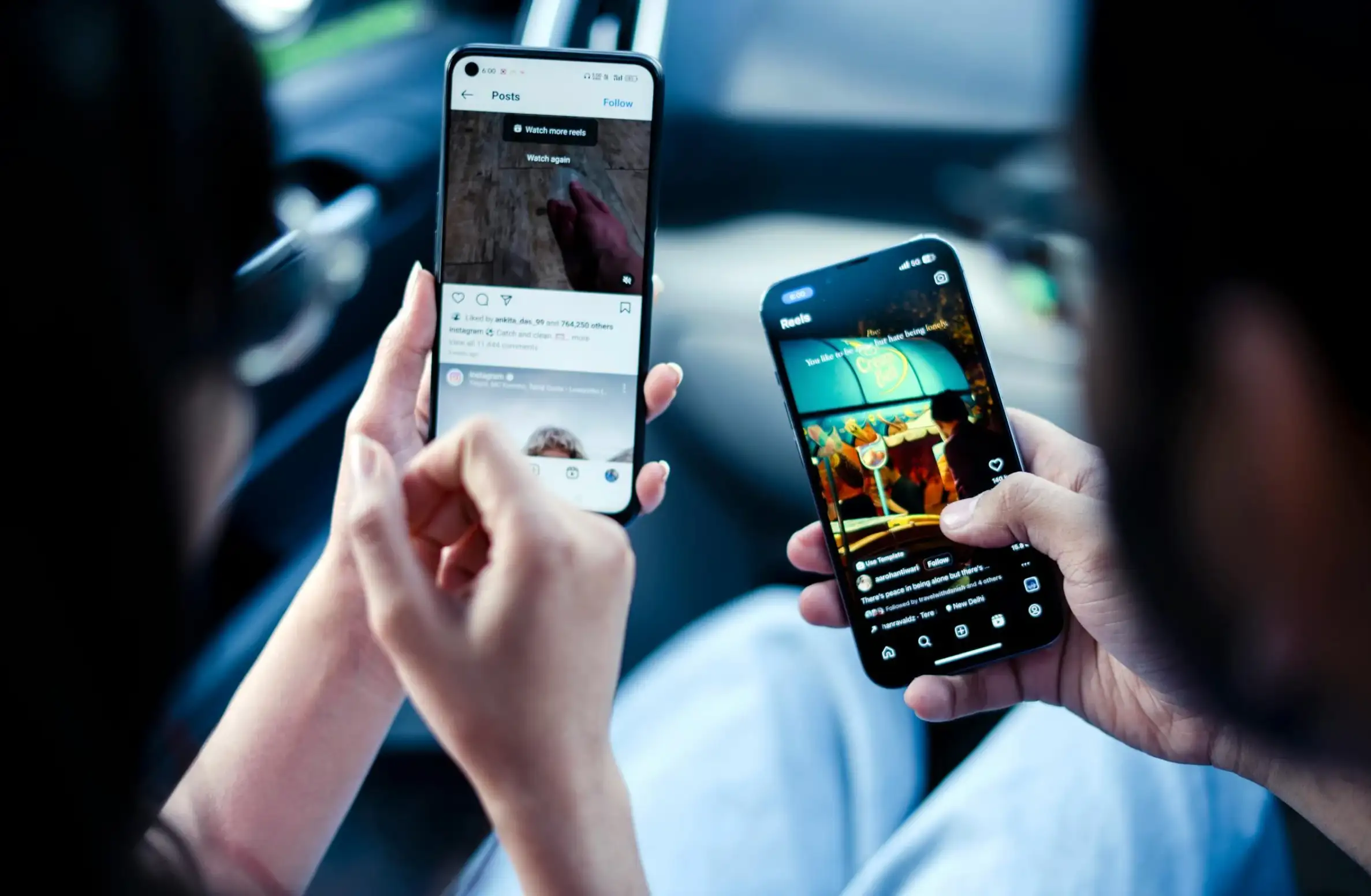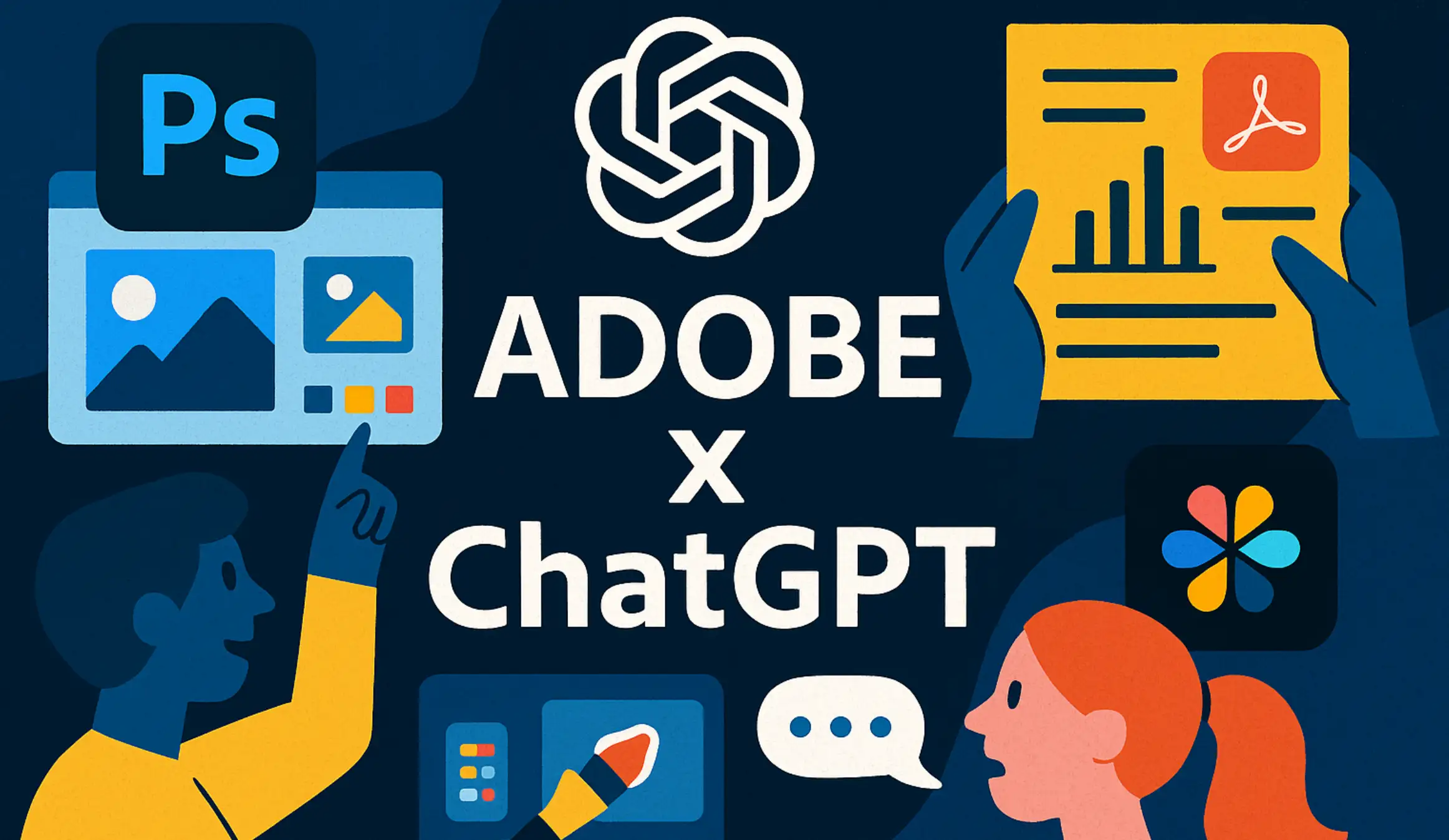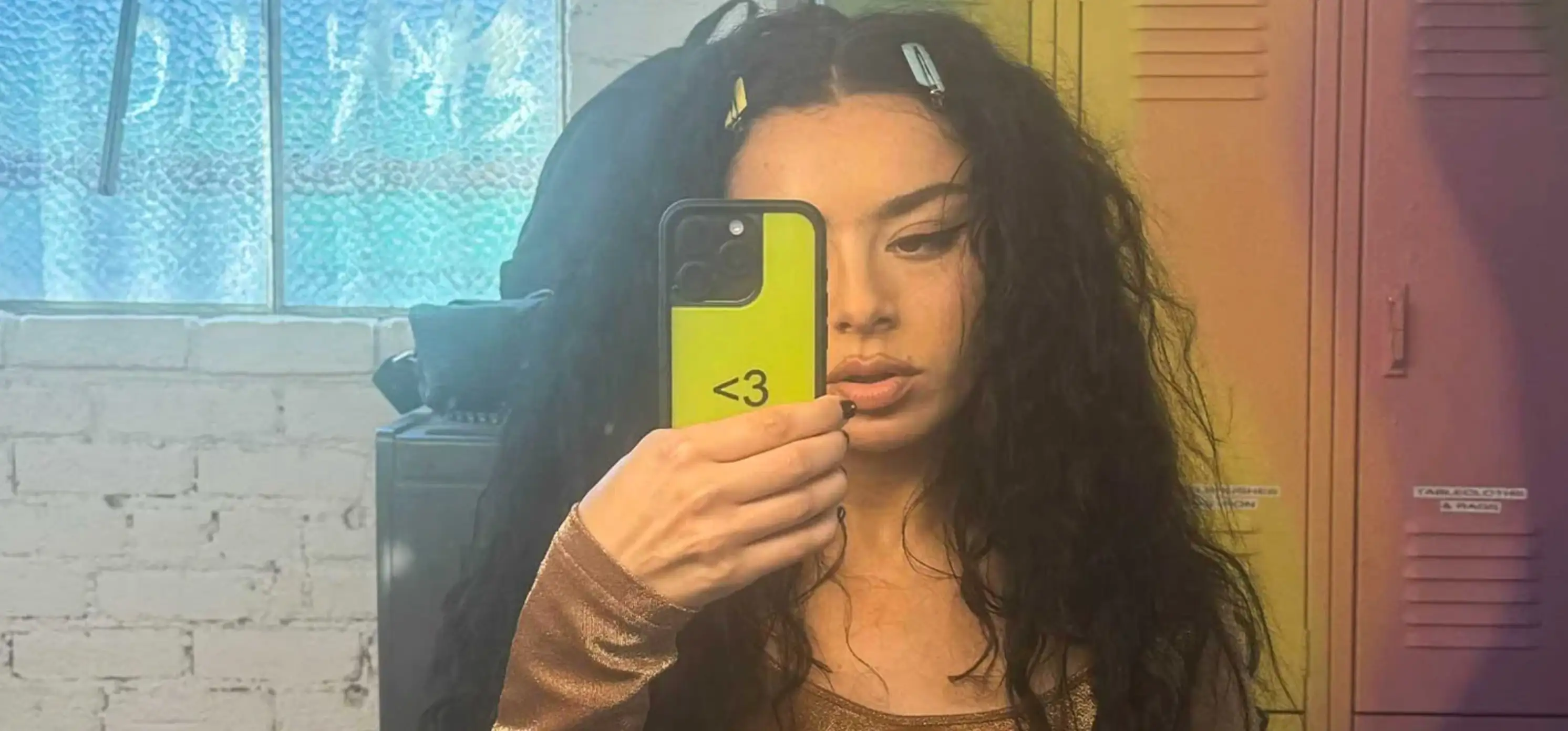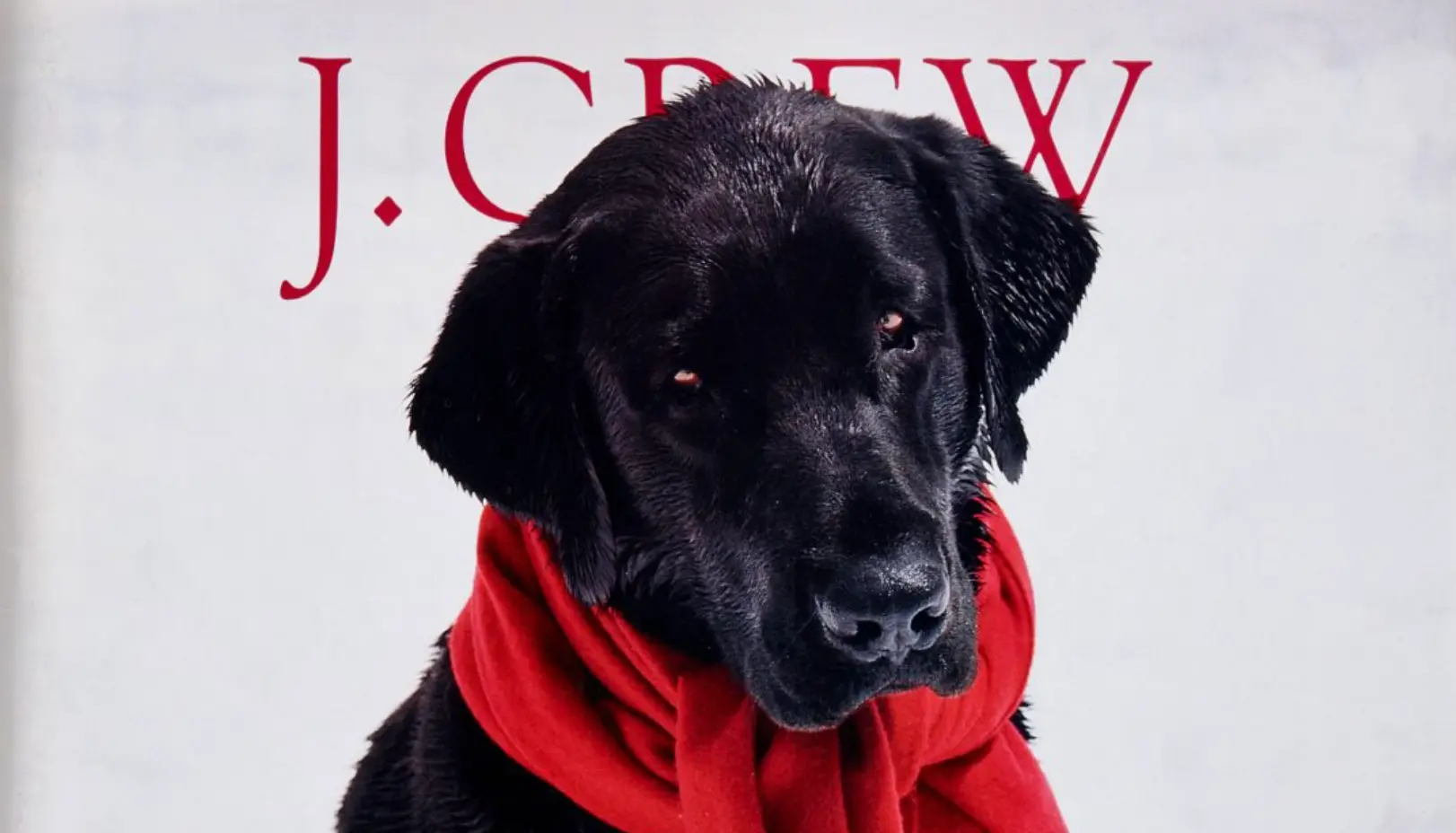"It Ends With Us" Movie Drama: Inside the Backlash, PR Fails and Controversy
Updated on
Published on

It Ends With Us isn’t just another book adaptation. Colleen Hoover’s novel is a raw, powerful story that delves into the painful realities of domestic violence. It’s a narrative that’s resonated deeply with millions of readers, so when news broke that the book was being adapted into a film, expectations were high. But instead of meeting those expectations, the film’s marketing campaign has sparked controversy, with many fans and industry insiders criticizing it for being tone-deaf and disconnected from the serious themes at its heart. Let’s break down how these decisions unfolded, the impact on different audiences, and what experts have to say about this marketing disaster.
The Misaligned Marketing Strategy: A Rocky Start
Trouble started brewing in April 2024, when the film's promotional campaign launched with a splash of vibrant, cheerful posters and trailers. They seemed more appropriate for a breezy rom-com than a hard-hitting drama about domestic violence. Blake Lively, the star of the film, was front and center in this campaign, sharing social media posts that were quickly criticized for their light-hearted tone. On April 20, Lively’s Instagram story , urging fans to "grab your girlfriends and your florals" for a fun movie night, struck many as completely off-key given the film’s heavy subject matter.
Social Media Backlash: The Internet Reacts
By May 2024, the backlash had spread like wildfire across social media, particularly on TikTok. Fans were vocal, expressing their disappointment and confusion over the film's marketing approach. The hashtag #ItEndsWithUs began trending, as fans voiced their disappointment with the promotional materials. Numerous TikTok creators, who had connected with the novel's message, were particularly vocal in their critiques, calling out the terrible mismatch between the book's themes and the marketing's tone. They couldn’t understand why a story about domestic violence was being promoted with such a carefree attitude. Creators on TikTok didn’t just comment—they acted, producing parody videos that mocked the promotional tone. These parodies went viral, driving home the point that something had gone seriously wrong with the campaign.
Press Tour Drama: The Rift Between Lively and Baldoni
As the film’s press tour kicked off in June 2024, the cracks in the facade became even more visible. Tensions were reported between Blake Lively and Justin Baldoni, who directed the film and also starred alongside Lively. According to insiders, Lively and Baldoni had fundamentally different ideas about how the film should be marketed. Baldoni, who had made a point of ensuring the film would respect the experiences of domestic violence survivors, reportedly distanced himself from the more light-hearted promotional activities led by Lively.
Baldoni skipping key promotional activities didn’t go unnoticed by fans and the media, which increased speculation about a deeper issue. The tension reached a peak during the It Ends With Us New York premiere on August 6, 2024, when Baldoni was suspiciously absent from group photos with Lively and the rest of the cast. Fans noticed, and so did the media. The divide between the two stars only added fuel to the fire, with many speculating that this discord was behind the disjointed marketing efforts. Colleen Hoover, the author, and several key cast members didn’t follow Baldoni on social media, deepening suspicions of internal conflict.
Interview and Public Relations Missteps
Throughout July and August 2024, the divide between Lively and Baldoni became even more pronounced in their interviews. On August 7, Baldoni appeared on CBS Mornings, delivering a heartfelt discussion on the importance of portraying domestic violence with the seriousness it deserves. Baldoni spoke passionately about the need to shift the conversation around domestic violence, focusing on the importance of understanding the root causes of abusive behavior. It was a significant contrast to Lively’s interviews, which often glossed over these serious themes in favor of lighter topics like fashion and behind-the-scenes anecdotes. In one interview, Blake Lively’s comments about the "fun" she had on set were met with backlash online, with critics pointing out the insensitivity of such remarks given the film's subject matter. This difference in approach only intensified the criticism, with many feeling that the marketing was not doing justice to the film’s serious content.
Colleen Hoover’s Silence: What’s the Author Thinking?
By August 2024, fans noticed something strange—Colleen Hoover had remained largely silent throughout the growing backlash. Hoover, typically active and engaged with her fanbase on social media, particularly on BookTok (Book side of TikTok Algorithm), where her works have a massive following, uncharacteristically refrained from commenting on the marketing disaster. Hoover hadn’t publicly addressed the marketing issues or the apparent tension between Lively and Baldoni. Her silence spoke volumes, leading to speculation that she wasn’t happy with how her novel was being represented. Some fans even speculated that Hoover's silence was a protest against the marketing strategy, aligning her more with Baldoni's vision. The controversy also began discussions on BookTok about the challenges of adapting beloved books into films, especially when those adaptations tackle sensitive topics such as domestic abuse.
Impact on Different Audience Segments: Who’s Feeling What?
These marketing missteps didn’t just create noise—they had real implications for how different audience segments perceived the film. For long-time fans of the novel, who had hoped the film would faithfully capture the emotional depth of the book, the marketing was not only disappointing but felt like a betrayal. Fans of the novel, many of whom had a deep emotional connection to the book’s portrayal of domestic violence—felt let down by the light-hearted tone of the promotional materials. This disconnect between the novel’s tone and the film’s marketing led to widespread disappointment, with fans taking to social media to voice their concerns.
New viewers who hadn’t read the It Ends With Us book were also at risk of being misled by the marketing. Expecting a romantic comedy based on the promotional materials, these viewers could be shocked and disturbed by the film’s actual content. This kind of jarring experience is the kind that leads to negative word-of-mouth, which could further damage the film’s reception.

Industry Perspectives: What Went Wrong
Marketing professionals haven’t been shy about voicing their opinions on the situation. Sarah Milstein, a senior marketing strategist, was among the first to publicly criticize the campaign, emphasizing the importance of aligning marketing strategies with the content’s tone. Sarah noted, “When marketing a film dealing with sensitive topics, it’s crucial that the promotional materials reflect the content’s tone. Failing to do so not only risks alienating the core audience but also diminishes the impact of the story being told.” Milstein’s comments highlight the broader industry consensus that the marketing of It Ends With Us was mishandled from the start.
The discord between the stars and the differing visions for the film’s promotion created a perfect storm of bad publicity. This situation highlights the importance of a unified approach when marketing a film, particularly one that deals with such serious subject matter. This situation shows the critical importance of cohesion in promotional strategies, especially for films that address sensitive issues.
Missteps in Public Relations: The Fallout
By late August 2024, the fallout from the marketing missteps and internal drama had become significant. Reports from inside sources suggested strained relationships not only among the cast but also within the marketing team, with allegations of miscommunication and last-minute changes to the campaign strategy. These reports only added to the negative press coverage, which by this point was overshadowing the movie itself.
Conclusion: Lessons Learned the Hard Way
The marketing campaign for It Ends With Us is a cautionary tale, serving as a powerful reminder of the importance of aligning promotional strategies with a film’s content and marketing ethics. When dealing with topics as serious as domestic violence, there’s an ethical obligation to ensure that the marketing reflects the gravity of the subject matter. The film’s promotion, marred by tone-deaf decisions, internal tensions, and public relations blunders, has unfortunately overshadowed the very message it was meant to convey. As the film’s release approaches, the lessons from this marketing disaster should be carefully considered by filmmakers and marketers alike to avoid making the same mistakes in future projects.







